Employment Contract / Joining Letter / Offer Letter


People are frequently confused between these three documents relating to the recruitment of employees. What is the difference between these 3 documents? Simply put, an offer letter is a letter from the employer offering the job to the candidate. A joining letter is a letter from the candidate to the employer accepting the job offer. An employment contract or employment agreement is an agreement between the employer and the candidate setting out the terms of employment. The employment contract is usually signed after the acceptance of the offer. Although sometimes it is enclosed by the employer with the offer letter, then signed and returned by the employee with a joining letter. There are joining letter formats and employment contract templates that you can download from DocPro.
An offer letter is a document sent by the employer to the candidate setting out details of the job to confirm the recruitment. An offer letter is not an employment contract, it merely summarises the opportunities that the employer is offering to the candidate, leaving the detailed terms of employment to the contract. It is a written confirmation of the nature job so that both employers and the candidate understand and agree on the conditions and expectations of the job.
An offer letter can be formal or informal, legally binding or non-binding. The offer letter would contain basic job details such as job descriptions, wages, benefits, paid leave, and reporting structure. It is of fundamental importance for the employer to establish its intention for the offer letter. The offer letter constitutes an offer under contract law, and once accepted by the candidate, would inadvertently form a legally binding contract.
Unless the offer letter is properly structured, the employer may be required to comply with all the terms as if it is an employment contract, even though the employer's intention is simply to send an offer letter. This may be very expensive for the employer if the candidate is later found not to be suitable (e.g. failing a background test).
As such, it is important for the offer letter to be subject to certain conditions before it is made legally binding. For example, the offer may depend on the candidate completing additional steps, such as passing a background check or an exam, obtaining certain qualifications, or undergoing a pre-employment health test.
Things to include in an offer letter:
The offer letter confirms the details of the recruitment, such as:
Candidates can choose to accept the job offer and sign and return the offer letter as formally accepting the position. Alternately, the candidate may provide a joining letter to the employer stating his / her acceptance of the job and confirm the appointment. If the job does not meet the expected salary, the candidate may wish to include a counter-offer in the joining letter.
The joining letter format can vary. A joining letter can also mean the standard letter provided by the employer for the employee on the first day of employment for the purpose of induction, containing all the details of the job profile, including treatment and company terms and conditions.
An employment contract or employment agreement is a signed document that clearly sets out the terms and conditions of employment. It is usually executed after the candidate has indicated his / her acceptance of the job offer. The purpose of an employment contract is to establish a binding commitment and an employment relationship between the employee and the employer, who are the contracting parties.
Unlike an offer letter, instead of simply providing a summary covering the basic terms of employment, a contract of employment would include more specific and detailed terms of employment and is intended to be legally binding. The provision of employment terms in writing to the employee by the employer may also be required by law.
Who will need to sign an employment contract?
Most employers would require all permanent full-time employees, including administrative, professional, and executive employees to sign employment contracts. Even in jurisdictions where employment contracts are not mandated by law, they are recommended as they can protect both the employer and the employee.
Part-time or hourly workers may not have written employment contracts, but terms of employment might be spelt out in an employee handbook or other company policies and procedures. In particular, it is important to set out the duties of the worker and clarify the employment relationship with the employer (i.e. whether the worker constitutes an “employee” and is entitled to certain employee benefits).
In relation to a contract with an independent contractor, it is important to state in the terms and conditions that the contractor does not constitute an employee of the company. However, it may still contain many of the same items as per an employment contract. You can refer to DocPro's employment contract templates as a starting point.
Things to include in an employment contract:
Not the right document?
Don’t worry, we have thousands of documents for you to choose from:
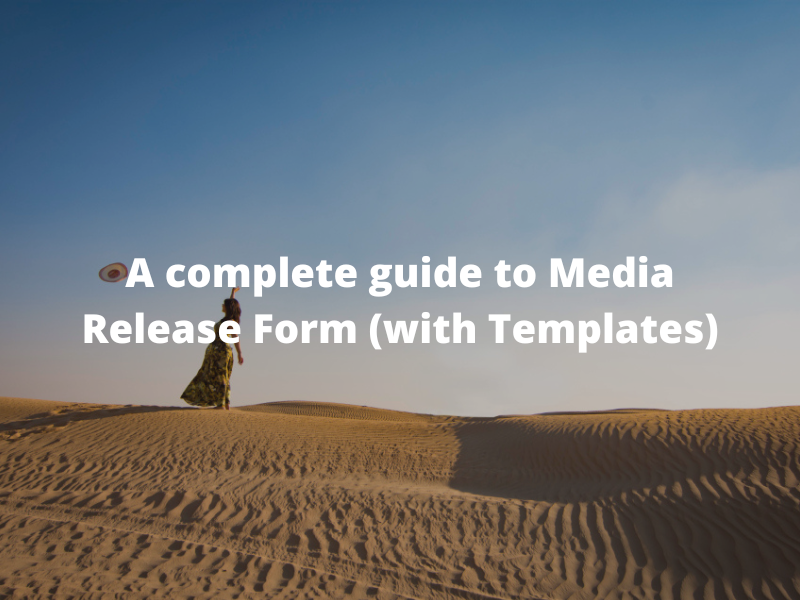
10 Jun 2022
6 min read

2 Jun 2022
6 min read

27 May 2022
6 min read

20 May 2022
6 min read

9 May 2022
6 min read

3 May 2022
3 min read

25 Apr 2022
5 min read

31 Mar 2022
1 min read

29 Mar 2022
1 min read

20 Mar 2022
6 min read

12 Mar 2022
5 min read
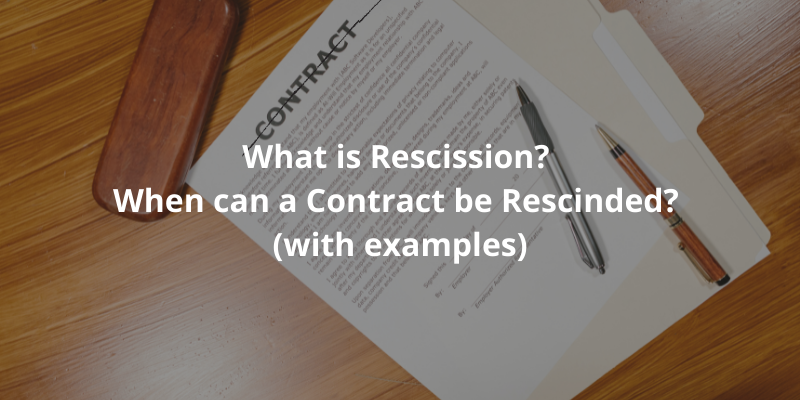
21 Feb 2022
5 min read

31 Jan 2022
5 min read

13 Jan 2022
4 min read

3 Jan 2022
5 min read
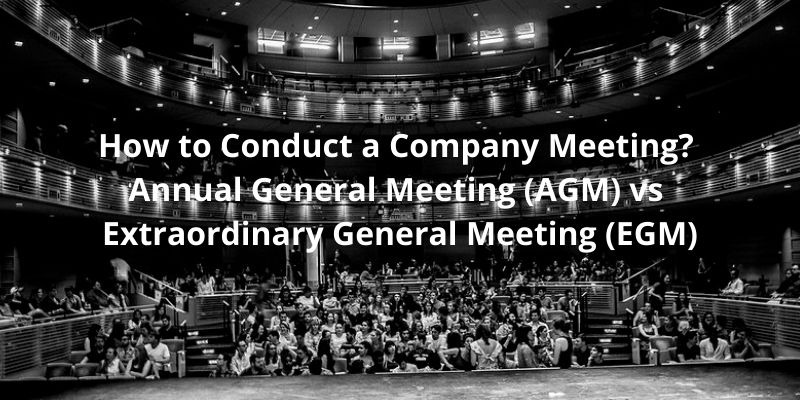
7 Dec 2021
11 min read
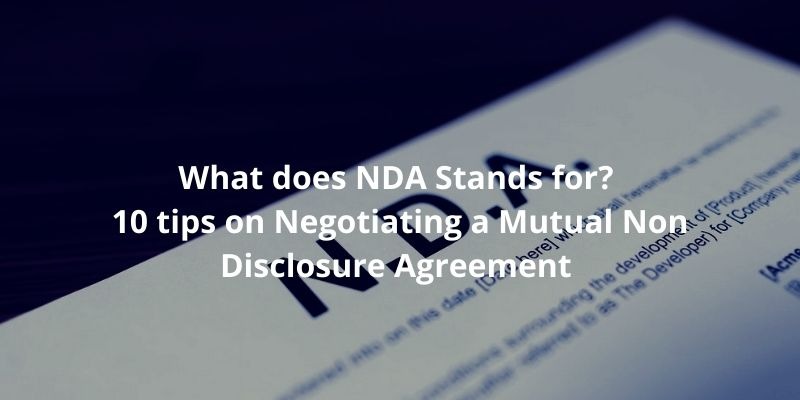
14 Nov 2021
6 min read

1 Nov 2021
9 min read

21 Oct 2021
1 min read

17 Oct 2021
7 min read
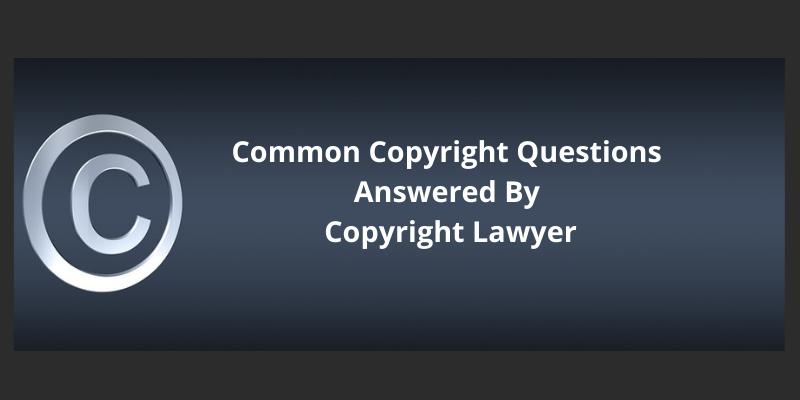
7 Oct 2021
12 min read

16 Sep 2021
4 min read

14 Sep 2021
5 min read

10 Sep 2021
3 min read

31 Aug 2021
4 min read
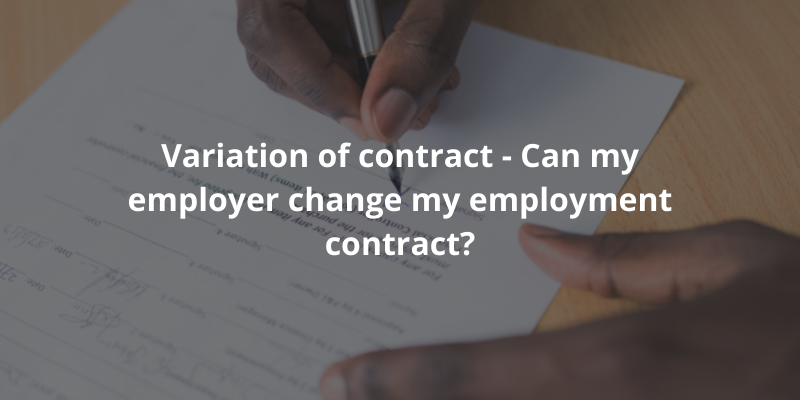
23 Aug 2021
3 min read

16 Aug 2021
5 min read

30 Jul 2021
6 min read

23 Jul 2021
7 min read

13 Jul 2021
5 min read

2 Jul 2021
5 min read

24 Jun 2021
5 min read

15 Jun 2021
4 min read

4 Jun 2021
6 min read

28 May 2021
5 min read

21 May 2021
5 min read

14 May 2021
5 min read

7 May 2021
5 min read

30 Apr 2021
5 min read

23 Apr 2021
5 min read

16 Apr 2021
5 min read

9 Apr 2021
5 min read

1 Apr 2021
5 min read

26 Mar 2021
4 min read

19 Mar 2021
5 min read

12 Mar 2021
5 min read

5 Mar 2021
6 min read

26 Feb 2021
5 min read

19 Feb 2021
6 min read

11 Feb 2021
5 min read

29 Jan 2021
6 min read
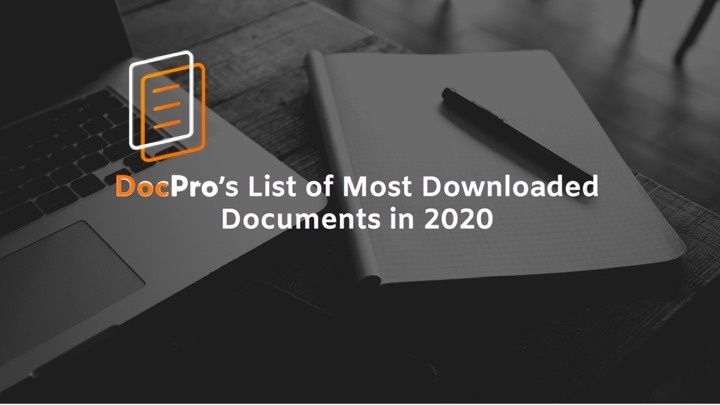
29 Jan 2021
3 min read

22 Jan 2021
6 min read

15 Jan 2021
6 min read

8 Jan 2021
6 min read

31 Dec 2020
6 min read

24 Dec 2020
0 min read

24 Dec 2020
7 min read

18 Dec 2020
6 min read

11 Dec 2020
6 min read

4 Dec 2020
6 min read

27 Nov 2020
6 min read

27 Nov 2020
7 min read

22 Nov 2020
7 min read
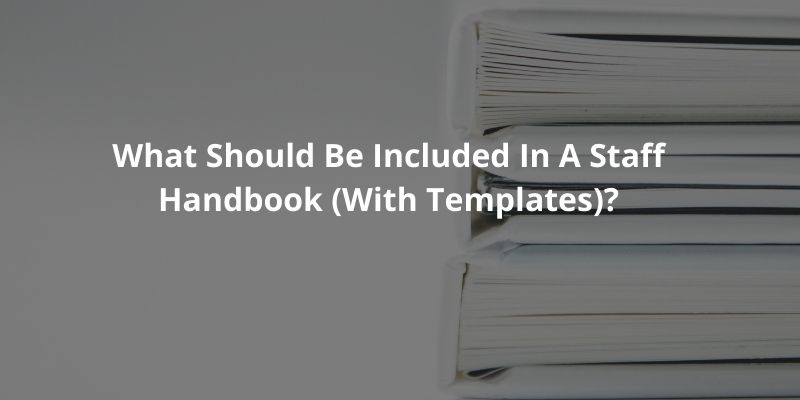
13 Nov 2020
8 min read
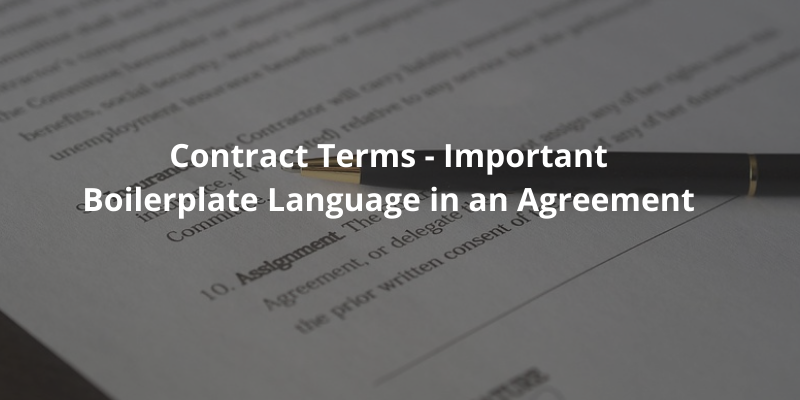
12 Nov 2020
8 min read

7 Nov 2020
8 min read

5 Nov 2020
6 min read

30 Oct 2020
7 min read
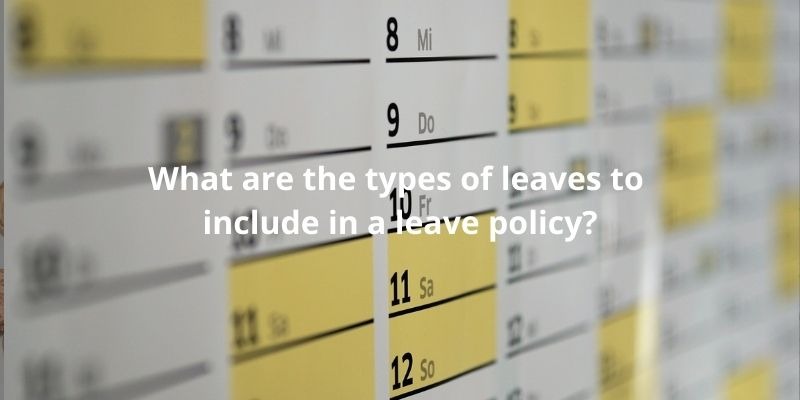
29 Oct 2020
8 min read

23 Oct 2020
7 min read

19 Oct 2020
8 min read

16 Oct 2020
10 min read

7 Oct 2020
9 min read

28 Sep 2020
8 min read

18 Sep 2020
7 min read

9 Sep 2020
7 min read

3 Sep 2020
7 min read

27 Aug 2020
8 min read

27 Aug 2020
9 min read

19 Aug 2020
8 min read

17 Aug 2020
8 min read

11 Aug 2020
8 min read

11 Aug 2020
8 min read

10 Aug 2020
11 min read

10 Aug 2020
9 min read

7 Aug 2020
9 min read

4 Aug 2020
9 min read

3 Aug 2020
10 min read

23 Jul 2020
8 min read

23 Jul 2020
8 min read

12 Jul 2020
8 min read

5 Jul 2020
7 min read

25 Jun 2020
7 min read

12 Jun 2020
9 min read

11 Jun 2020
9 min read

9 Jun 2020
9 min read

8 Jun 2020
8 min read

4 Jun 2020
5 min read

4 Jun 2020
8 min read
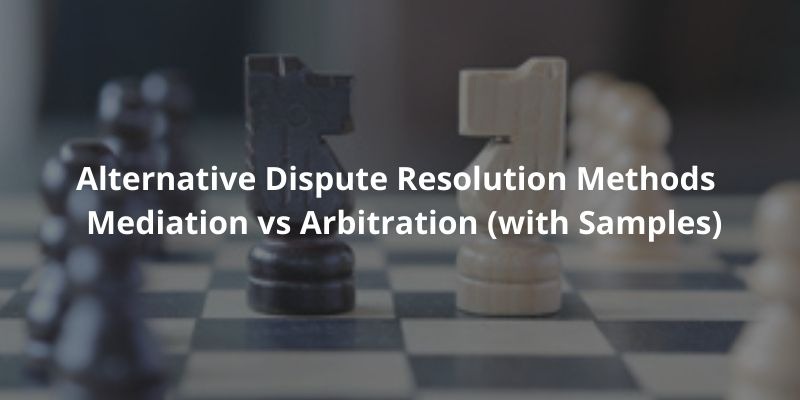
2 Jun 2020
10 min read

28 May 2020
13 min read

25 May 2020
8 min read

1 May 2020
10 min read

1 Apr 2020
6 min read

1 Mar 2020
11 min read

1 Feb 2020
11 min read

8 Jan 2020
9 min read

1 Jan 2020
1 min read

10 Dec 2019
7 min read

26 Nov 2019
8 min read

5 Nov 2019
5 min read

24 Oct 2019
3 min read

1 Oct 2019
1 min read

1 Oct 2019
1 min read








